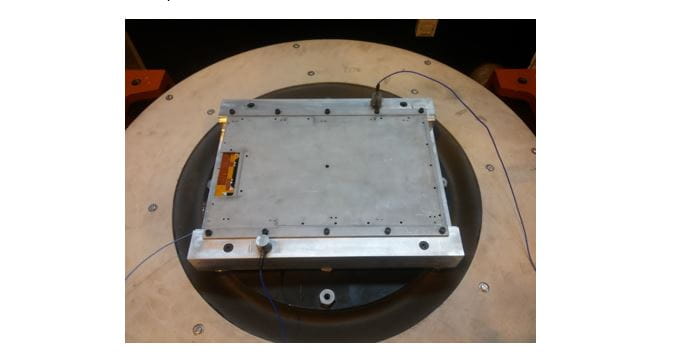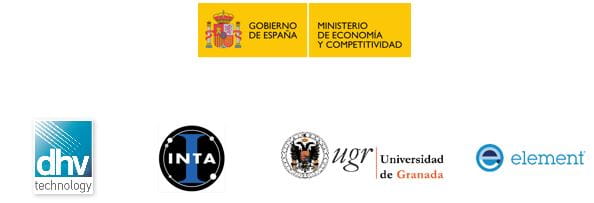DEEPSAT

Miguel Jiménez is an innovation expert with over 12 years of experience in the field of advanced materials and product qualification technologies across a wide range of sectors including aerospace, defense, renewables, metallurgic and healthcare industries.
Development of Deployable Solar Panels for Cubesats and Small Satellites: Design, manufacturing, characterization and validation
DEEPSAT is a national R&D project funded by MINECO from Government of Spain belonging to Retos-Colaboración 2016 program. This project is focused on the development of deployable solar panel technology for CUBESAT architecture and small satellites, meeting the current market demand related to the power increase of small satellites.
Main goals of DEEPSAT project
Four major objectives are addressed in DEEPSAT project. First of all, the technical feasibility of deployable solar panel systems which incorporate up to 100W of power for CubeSat architecture nanosatellites is to be demonstrated. The same is intended for deployable solar panel systems which incorporate up to 200W of power for small satellites (weight between 25-50 kg). Moreover, built-in sensors and actuators on solar panel substrates are developed.
Finally, solar cells to be installed in solar panels are optimized according to available technologies, in order to achieve 35% AMO BOL (beginning of life) efficiency. To achieve these goals, the project length goes from March of 2016 to December of 2018, with a total budget of 801.890,45 €, and MINECO funding of 532.334,75 €.

Element Seville role in DEEPSAT project
Element Seville is in charge of the definition of deployable solar panel system requirements for satellites. With this in mind, vibration testing is performed in order to verify that elements to be implemented in the launcher meet with the standard and in service conditions. In addition, numerical simulation of solar cell substrate and device joints is carried out by means of Finite Element Method (FEM).
Program: Retos-Colaboración 2016, funded by “Ministerio de Economía y Competitividad” from the Government of Spain.

Find related Resources

